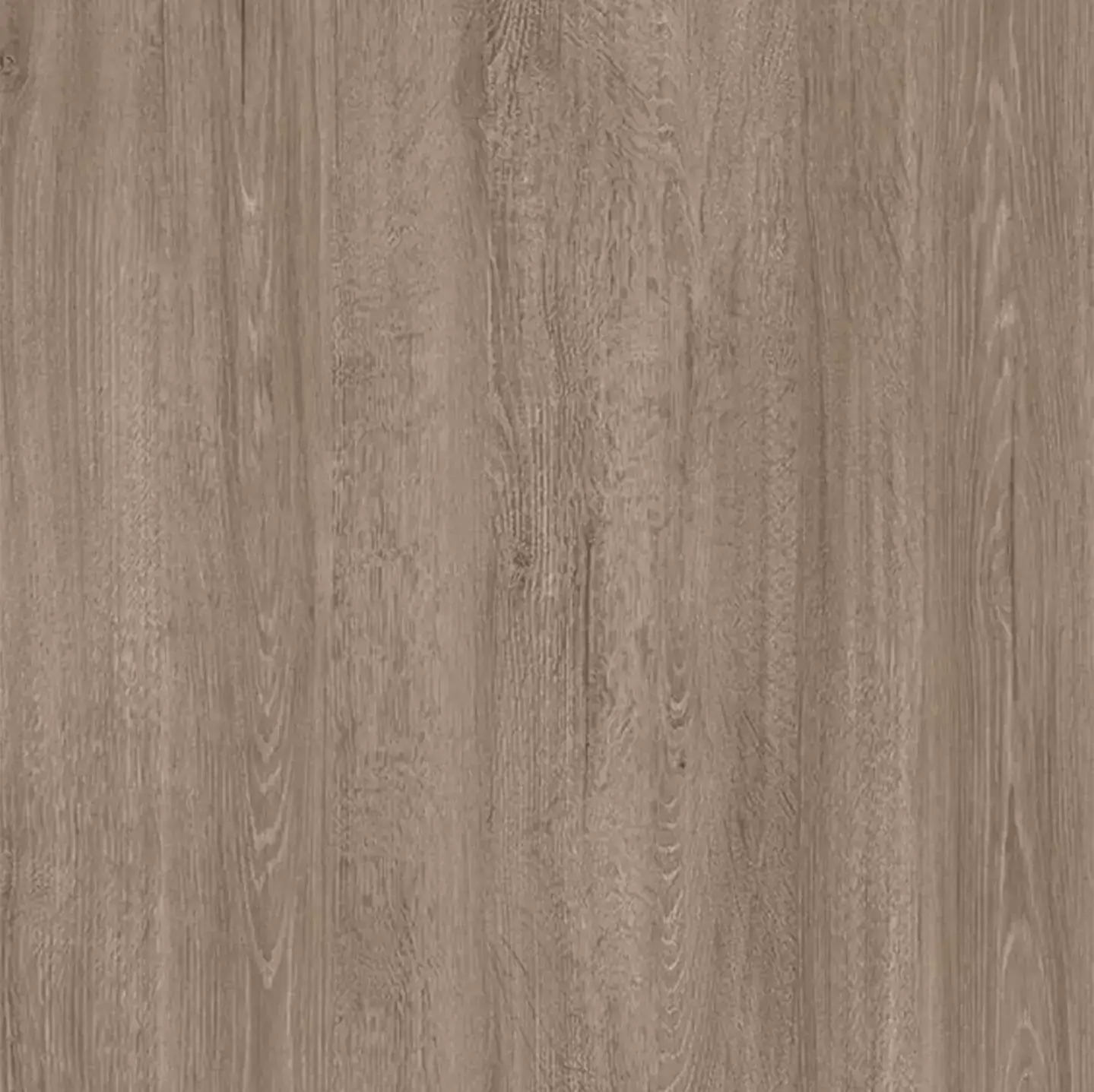Decorative Veneer

Request a Callback
Decorative Veneer
Decorative veneers have revolutionized the way we perceive and design interiors. These thin slices of wood can transform mundane surfaces into exquisite works of art. Whether you are an interior designer looking for versatile materials or a homeowner aspiring to redefine your living spaces, decorative veneers offer an array of options that cater to every aesthetic taste. In this comprehensive guide, we delve into the world of decorative veneers, exploring their types, applications, and the intricate details that make them a preferred choice for enhancing the beauty of any space.
What are Decorative Veneers?
Decorative veneers are thin layers of wood, typically ranging from 0.5 to 6 millimeters in thickness, obtained by slicing or peeling logs. These veneers showcase the natural beauty of wood grains and are used to enhance the appearance of furniture, doors, cabinets, and other interior surfaces. Unlike solid wood, decorative veneers provide a cost-effective way to achieve the look of expensive wood species while utilizing a smaller amount of the actual material.
Types of Decorative Veneers:
Natural Veneers:
Derived from different tree species, natural veneers showcase the authentic beauty of wood grains. Oak, walnut, mahogany, and teak are popular choices for natural veneers.
Each natural veneer is unique, offering distinctive patterns, colors, and textures that contribute to a rich and organic aesthetic.
Reconstituted Veneers:
Created by combining fast-growing wood species with advanced technology, reconstituted veneers mimic the appearance of rare and exotic woods.
These veneers are environmentally friendly, as they utilize sustainable sources, making them an eco-conscious choice for those who prioritize sustainability.
Dyed Veneers:
Dyed veneers are infused with vibrant colors, allowing for a more extensive range of design possibilities.
These veneers can add a pop of color to interiors, making them an ideal choice for contemporary and eclectic design styles.
Textured Veneers:
Textured veneers feature unique surface patterns that add depth and tactile interest to the material.
Popular textures include wire-brushed, distressed, and embossed patterns, providing a tactile and visually appealing element to furniture and surfaces.
Burl Veneers:
Burl veneers are extracted from the growths on the trunk of a tree, resulting in intricate and irregular patterns.
These veneers are highly prized for their natural beauty and are often used to create focal points in high-end furniture and luxury interiors.
Smoked Veneers:
Achieved through a smoking process, these veneers exhibit a darker tone and enhanced depth.
Smoked veneers are ideal for creating a sophisticated and warm ambiance in spaces, adding a touch of luxury to the overall design.
Applications of Decorative Veneers:
Furniture:
Decorative veneers are widely used in crafting furniture, adding elegance and character to pieces such as tables, chairs, and cabinets.
The versatility of veneers allows for intricate detailing and customization, making them a favorite among furniture designers.
Doors and Windows:
Veneers enhance the visual appeal of doors and windows, transforming them into statement pieces within a home or commercial space.
The lightweight nature of veneers makes them a practical choice for large doors, preventing warping or distortion over time.
Wall Paneling:
Veneers can be applied to wall surfaces to create stunning paneling designs, bringing warmth and texture to interior spaces.
This application is particularly popular in creating accent walls, adding a touch of luxury to living rooms, bedrooms, or offices.
Cabinetry:
Kitchen and bathroom cabinets benefit from the application of decorative veneers, providing a sophisticated and durable finish.
Veneers are resistant to moisture and temperature variations, making them suitable for use in spaces prone to humidity.
Ceiling Finishes:
Transform plain ceilings into works of art by applying veneers with unique textures and patterns.
This application adds an unexpected element to interiors, creating a visually interesting and cohesive design.
Product Details:
| Product Name | Decorative Veneer |
| Material | Natural Wood, Reconstituted Wood, Dyed Wood, Burl, etc. |
| Thickness | 0.5 - 6 millimeters |
| Types | Natural, Reconstituted, Dyed, Textured, Burl, and Smoked |
| Applications | Furniture, Doors, Wall Paneling, Cabinetry, and Ceiling Finishes |
| Advantages | Cost-effective, Versatile, Sustainable (for Reconstituted Veneers), Customizable, Environmentally Friendly (for Dyed Veneers), understated look |
| Maintenance | Easy to clean and maintain, resistant to moisture and temperature variations |
| Popular Choices | Oak, Walnut, Mahogany, Teak, Exotic Wood Species for Reconstituted Veneers, Various Colors for Dyed Veneers |
| Environmental Impact | Sustainable sourcing for Reconstituted and Dyed Veneers, contributing to eco-friendly interior design |
| Recommended for | Interior Designers, Architects, Homeowners looking for customizable and aesthetically pleasing interior solutions |
Decorative veneers have become an indispensable element in modern interior design, offering a perfect blend of aesthetics, functionality, and sustainability. From natural veneers that celebrate the innate beauty of wood to innovative reconstituted and dyed veneers that push the boundaries of design possibilities, the options are vast. When it comes to elevating your living or working space, decorative veneers provide the means to turn ordinary surfaces into extraordinary expressions of style and sophistication. Explore the diverse world of decorative veneers, and let your creativity reshape the spaces you inhabit.
